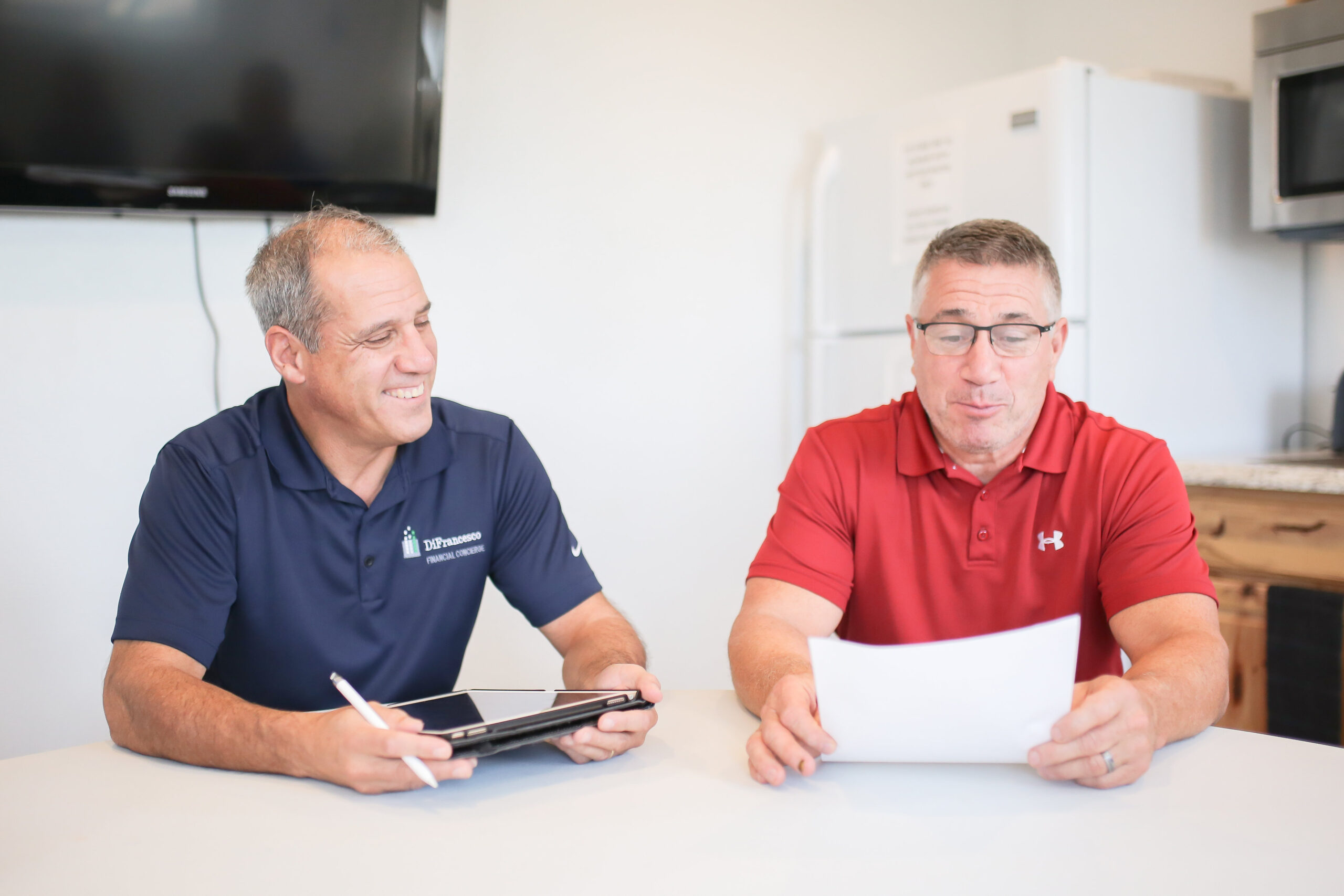Maximizing Profitability in Your Collision Repair Business
The collision repair industry faces many challenges, from fluctuating customer demands and increasing material costs to the constant need for technological updates.
However, despite these hurdles, there are proven strategies that can significantly boost the profitability of your collision repair business.
In this article, we’ll explore practical steps you can implement to enhance your operational efficiency, improve customer satisfaction, and ultimately, increase your bottom line.
If you plan to sell your business soon and need an exit strategy, schedule a free 20-minute conversation with Matt DiFrancesco. Discuss your vision and find out how you can adjust the nuts and bolts of your business and life to become prosperous.
Streamline Operations with Technology
In today’s digital era, leveraging technology is not just an option but a necessity. Implementing the right management software can transform the way your shop operates.
Features like job scheduling, customer management, inventory tracking, and real-time reporting can drastically reduce the time spent on administrative tasks and improve workflow efficiency.
This speeds up the repair process and reduces errors and miscommunication within your team.
For instance, digital color matching tools can help you achieve precise color matching quickly, reducing material waste and labor costs associated with reworks.
Moreover, investing in advanced diagnostic tools can help your technicians identify problems faster and more accurately, ensuring repairs are done right the first time.
Focus on High-Quality Repairs
Quality repairs are at the heart of a successful collision repair business.
Invest in continuous training for your technicians to keep them updated on the latest repair techniques and technologies. Certifications from recognized industry bodies can also add credibility to your business and instill trust in your customers.
High-quality repairs reduce comebacks (repeat repairs), which are costly and harm your reputation.
By ensuring each job is done correctly, you enhance customer satisfaction, increase referrals, and justify charging a premium for your services.
Optimize Customer Experience
In the collision repair business, customer experience can make or break your reputation.
A satisfied customer returns when they need repairs again and are likely to refer others to your business.
Enhancing customer experience starts from the first point of contact, through the repair process, to the post-service follow-up.
Simple steps like greeting customers warmly, providing a comfortable waiting area, clear communication about repair timelines and costs, and follow-up calls to ensure satisfaction can significantly enhance the customer experience.
Consider implementing a customer relationship management (CRM) system to track all customer interactions and feedback, which can help you tailor services to meet individual customer needs and resolve any issues promptly.
Adopt Sustainable Practices
Sustainability is increasingly becoming a deciding factor for consumers when choosing service providers.
Adopting eco-friendly practices in your collision repair shop can help you comply with environmental regulations and attract customers who are conscious about reducing their environmental impact.
Use water-based paints, recycle materials like metals and plastics, and dispose of chemicals properly. These practices help protect the environment and can reduce costs in the long run through tax incentives and reduced disposal fees.
Marketing Your Services Effectively
No matter how excellent your service is, without effective marketing, potential customers won’t know about it.
Invest in both online and offline marketing strategies. A strong online presence, including a professional website and active social media accounts, can help you reach a broader audience.
Showcase before-and-after photos of your work, share customer testimonials, and post useful content related to car maintenance and accident prevention.
Offline, community engagement through sponsoring local events or charity work can enhance your brand’s visibility and reputation within the community.
Additionally, consider loyalty programs or discount offers for repeat customers to encourage more business.
Monitor Financial Health Regularly
Lastly, keeping a close eye on your financial metrics is crucial.
Regularly review your profit margins, labor costs, and other operational expenses.
Understanding your financial performance helps you identify areas where you can cut costs or where you should invest more to increase profitability.
In conclusion, improving the profitability of your collision repair business involves a combination of adopting new technologies, improving operational efficiency, delivering high-quality service, and maintaining strong customer relationships. By focusing on these key areas, you can not only withstand the challenges of today’s market but also thrive in them.
Are you a collision shop owner looking to maximize your profits and streamline your financial operations?
With our tailored solutions, specially crafted for the collision repair industry, High Lift Financial can help you revolutionize the way you do business.
Our team of industry professionals is dedicated to providing personalized support every step of the way. Whether you need guidance on cost-saving measures or advice on expanding your services, we’re here to help you go through the complexities of running a collision shop.
Experience the difference High Lift Financial can make for your collision shop’s profitability. Contact High Lift Financial today for a free strategy consultation and start maximizing your profits!
Here are other resources related to this topic that you may want to check out:
Disclaimer
DiFrancesco Financial Concierge, LLC, d/b/a High Lift Financial, is a Pennsylvania-registered investment advisor and may conduct investment advisory services in states where it is registered, exempt, or excluded from registration. The content provided herein or on our website should not be construed as an offer for investment advice or for securities, insurance, or other investment products. Investments involve the risk of loss and are not guaranteed. Consult a qualified legal, tax, accounting, or financial professional before implementing any investments or strategy discussed here.


